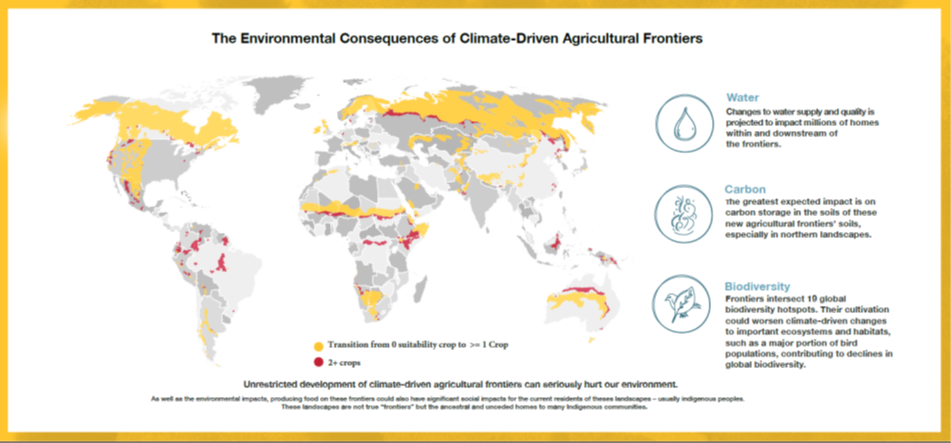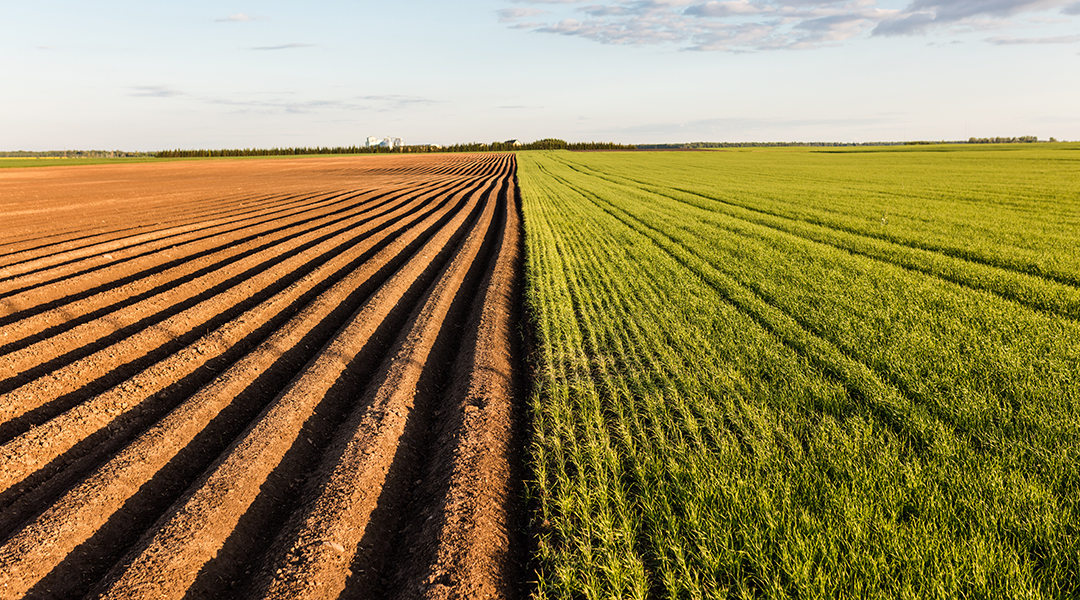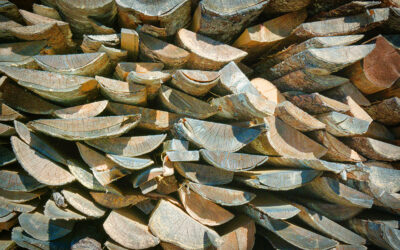In a warming world, Canada’s north may become our breadbasket of the future, but this new “farming frontier” also poses environmental threats from increased carbon emissions to degraded water quality, according to the first-ever study involving University of Guelph researchers.
The research team modeled prospects for growing major food crops in potential new farmland that may come available as climate change alters growing seasons worldwide.
“Areas currently not suitable for agriculture are likely to become suitable in the next 50 to 100 years,” said Krishna Bahadur KC, an adjunct professor and research scientist with the Department of Geography, Environment and Geomatics (GEG).
The researchers found Earth’s agricultural landmass could increase by almost one-third, including vast new farming prospects in Canada and Russia’s north, but not without major environmental impacts such as soil carbon emissions, loss of biodiversity, and declines in water quality.
“As current lands become less suitable, there’s going to be pressure to develop new frontiers and that’s going to come with a host of major environmental consequences like releasing unprecedented amounts of carbon in the atmosphere, which then fuels additional climate change,” said Lee Hannah, senior climate change scientist, Conservation International and lead author of the paper.
Published recently in PLOS One, the study combined projections for temperature and precipitation from 17 global climate models with agricultural models that predict suitability for growing 12 globally important food crops.
“We used climate change projections and crop science data to see what we might be able to grow in these regions,” said Krishna.
Areas that may become newly suitable for one crop or more crops — so called climate-driven agricultural frontiers — cover an area equivalent to more than 30 per cent of the landmass already being farmed worldwide.
Globally, the study found prospective croplands are expected to be most extensive in northern boreal regions. More than half of that landmass lies in Canada (4.2 million square kilometres) and Russia (4.3 million square kilometres).
In Canada, four crops — wheat, potatoes, corn and soy — are cold-tolerant enough to grow in more northerly regions under climate change, according to the study.
With longer growing seasons, wheat and potatoes might be suitable for cultivation across the northern reaches of most provinces and much of the Northwest Territories and Yukon. Corn and soy could also be grown farther northward, although less extensively.
Growing food in new areas may promote economic development, reducing poverty and food insecurity in Canada’s North, said the researchers.
At the same time, the team calls for policy-makers to balance the need for more food with the potential environmental impacts of more widespread farming.
“The tradeoffs between environmental concerns and food production may be very significant,” said co-author Professor Evan Fraser, director of the University of Guelph’s Arrell Food Institute. “We need to think carefully about environmental sustainability. And any thought of developing agriculture to take advantage of longer growing seasons due to climate change had to be mindful of the role of Indigenous governance in these areas. Many of the areas our model suggest may become more suitable for farming are the home of a great many Indigenous communities.”
If all the globe’s potential agricultural frontier became farmland, about 177 gigatonnes of carbon would be released from its soils — the equivalent of more than a century’s worth of carbon dioxide emissions currently produced by the United States, said Krishna.
More intensive farming would also threaten biodiversity hot spots in Central America and the northern Andes, and potentially degrade water quality, he added.
The world will need to produce an estimated 70% more food by 2050 to sustain a human population of about 9 billion. Population estimates for the end of the century range from about 7 billion people to more than 16 billion.
The researchers recommend promoting farming practices that conserve soil carbon, such as leaving northern peat soils intact. Other options include shifting to more plant-based diets, reducing food waste, adopting yield-boosting technologies and using existing croplands more intensively – although none of those strategies would provide as much food as cultivating frontier farmland, said Krishna.
“We need food, but we don’t want environmental impacts. We need to find a way to balance.”


















